This book offers a curious combination of wide generalizations about managing projects overseas, and extremely detailed guidance in the shape of project-management forms and checklists. Owen Jay Murphy explains obvious information – people pursue international projects to make money and folks in other countries have different customs. Yet he also provides sophisticated information, like detailed, complex data on some Six Sigma techniques, and project evaluation and review templates such as Gantt, PERT and WBS charts. At its best, getAbstract finds that this book provides a reasonably easy-to-read summary of some crucial steps and useful tools for managing international projects.
Why Go International?
The idea of international project management has an aura of glamour. If you are a project manager, being named to run an international job is a feather in your cap. However, anxiety may follow your initial flush of excitement, and for good reason. International projects often flop, doomed by slipshod planning, careless management, failure to align contractors and customers, or just bad luck. And your career may hang in the balance. All too often, international project managers must rely on anecdotal information. And the anecdotes frequently reveal more about the tellers’ biases than about the reality of the project-management discipline. The international project manager has to address:
- The goals of the project – Usually the objective is profit and growth, but in the case of nonprofit enterprises, the goal may be solving or easing a social or political problem.
- Resources – Marshaling resources may require a big global network of contacts.
- Cultural differences – Language, social customs and ways of doing business differ across cultures. Because socializing can be crucial to...











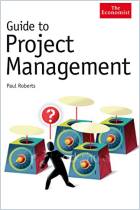
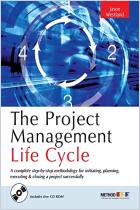
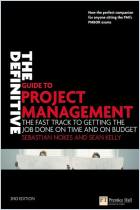
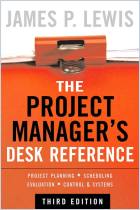
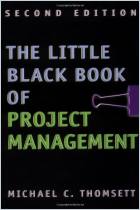





Comment on this summary or 开始讨论